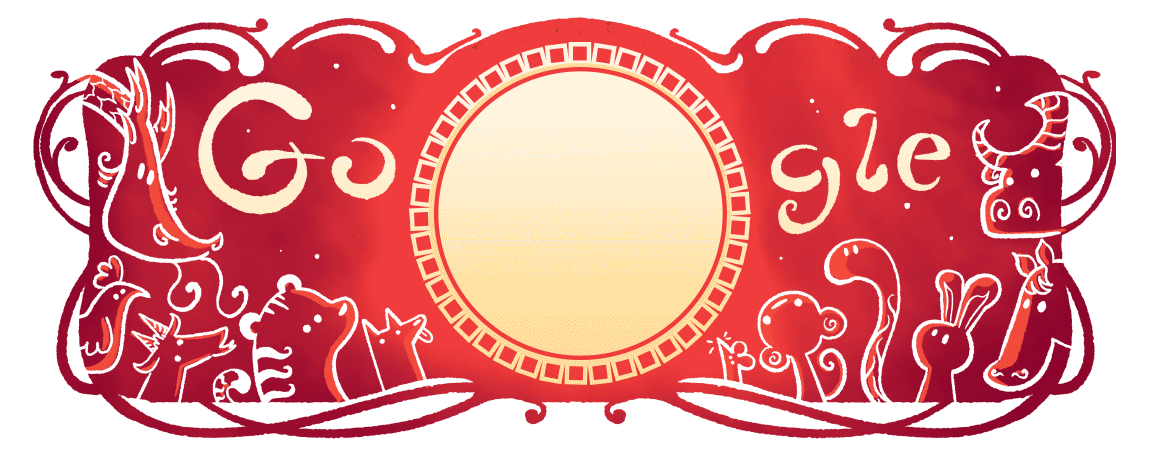
Chinese New Year, Spring Festival, or the lunar new year, is an important festival which celebrates the commencement of the new year in the traditional lunisolar Chinese year. The term New Year is a derivative of the Greek word Newu, which had the same meaning. In modern Chinese, the original meaning was "the first day of the new moon". Today New Year's is the first day of the new moon. The New Year is celebrated in different countries and cultures around the world, with many of the traditions and customs having their roots in China. In this paper we will describe some of these traditions and customs.
For many centuries, the lunar new year was marked by the Long March or Spring Festival, which brought together tribute of flowers, food and drink to welcome the new year. At that time, this event was also accompanied by the celebration of the longbows which were symbols of the gods and goddesses of the Chinese lunar new year. The length of the March celebrations was fixed by a lunar month, which was not varies so much throughout the years. The longest festival celebrated was the one which occurred in mid-February, which lasted for two weeks.
After the long and hard Autumn Festival in which the Buddhist Monks journeyed to the Himalayas to offer thanks to Buddha for all they had achieved up to that point in the Buddhist calendar, the next New Year's Holiday was marked by the celebrations of Songkran, the water mark celebration. It began on the night of the twenty ninth lunar month and lasted until the early makings of the New Year. In addition to the long boat rides across the Balinghai River which symbolized cleansing away all previous sins, participants in this festival gathered under the silver moon at the rivers' edge and lit candles. Firecrackers were also used to frighten away evil spirits, and offerings of rice and incense were made to the god of water, Huang Di.
A Brief History of the Chinese Lunar New Year
The second month after the lunar new year celebrated by the Chinese was the Spring Festival. This celebration was one of the longest and most ceremonial ones in the lunar calendar, lasting from late January to early February. During this time, all the agricultural production was stopped and with it came debts and troubles for the farmers. Instead of sending their sons away to school and away from home to marry and start a family, farmers would celebrate the end of the rice harvest and welcome in the spring with their friends and families. The Songkran Festival celebrated by the wealthy and the temple farmer was a week long affair during which thousands of rich offerings of food, money and work were made to the gods.
Lastly, and perhaps most importantly, was the National Garden Festival, which occurred in the third month of the lunar new year. It is celebration of the return of the soil and the plants to their rightful place, but this time, they are blooming more than ever before. Throughout the country, especially in the southern part, this celebration was filled with a great deal of water, food and heavy decorations. While there were no national holidays celebrating this theme throughout the nation, it was widely observed and was marked with songs, dances, special events and lanterns.
The fourth lunar new year celebration celebrated by the Chinese was the Ox Sow Festival. This is the only Chinese festival that does not fall on any of the four seasons of the Chinese lunar calendar. Rather, this celebration is celebrated during the last two weeks of the Chinese lunar calendar, which falls during the Spring Festival. In fact, many cultures, Hindu's for instance, mark the beginning of the new season by observing the full moon each day.
The fifth and final lunar new year celebration was the Lantern Festival. This particular celebration was highly revered by the Chinese as being important to the prosperity of their agricultural system and families, which marks the beginning of the rainy season. The celebration of the lantern festival marked the return of animals back to their natural habitats, which is also an important part of the agricultural cycle. This cycle is thought to have begun around the fourth century BC.
Although these are just a few of the major lunar new year festivals that mark the start of the Chinese lunar calendar, there are many other significant celebrations. One such celebration is the Spring Festival, which is held on the first full moon after the new year. During this time many families and individuals decorate their homes and properties with many different types of bright and colorful decorations. In addition to this, many families place brooms made of grass on their lawns and gardens. At this time many families will gather to sing songs, eat snacks and enjoy the festive atmosphere. These are just some of the many common customs observed during the Chinese lunar new year.
Thanks for reading, for more updates and articles about lunar new year don't miss our homepage - Nfts Games We try to write our site every day
Go Top